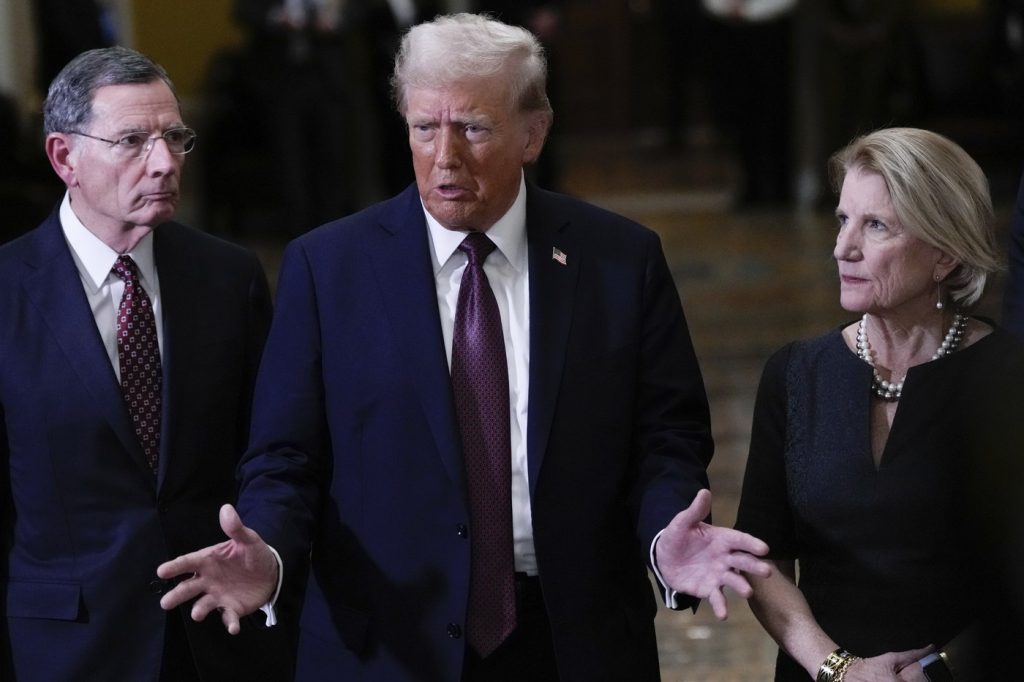OTTAWA In light of escalating trade tensions with the incoming administration of U.S. President Donald Trump, Canada is considering imposing retaliatory tariffs on American steel, ceramics, and plastics. This move follows Trump's threat to implement a 25 percent across-the-board tariff on imports from Canada and Mexico as he takes office.
A senior government official has indicated that the retaliatory measures are still in the planning stage and that Ottawa has yet to finalize its list of targeted products. The discussion surrounding these tariffs is expected to take center stage during an upcoming meeting between Prime Minister Justin Trudeau and provincial premiers in Ottawa next week, where they will strategize Canada’s response to the looming U.S. trade policies.
Reports emerged that a draft list of potential U.S. products to be targeted with tariffs is circulating among a select group of senior officials in Trudeau's government. This draft reportedly includes a variety of products, notably Florida orange juice, marking a continuation of Canada's strategy to impose economic pressure on specific U.S. goods in response to tariffs.
During Trump's first term, Canada implemented retaliatory measures against U.S. tariffs on Canadian steel and aluminum by targeting a diverse array of American products. These included items such as playing cards, ketchup, and bourbon, which served not only as a means of economic reprisal but also aimed to influence political opinions within the U.S., particularly among key Republican lawmakers.
The Canadian government's ability to respond effectively to the ongoing trade dispute is currently under intense scrutiny, particularly given the broad nature of the proposed tariffs from the Trump administration. Observers are keen to see whether Canada will adopt a similar strategy as before, leveraging specific products to create a ripple effect of political pressure in the U.S.
This latest development comes amid a backdrop of increasing friction in North American trade relations, underscored by the distinct approaches to trade policy between the U.S. and Canada. The outcome of the upcoming discussions among Canadian leaders will be pivotal in shaping the nation’s approach to counterbalancing U.S. trade threats and maintaining its economic interests.
As these trade discussions unfold, the implications of the potential tariffs on bilateral relationships and economic interactions between Canada and the U.S. will likely come under greater examination. The outcome of Canada's negotiations and strategies will likely play a crucial role in determining the future of trade policy in North America.










